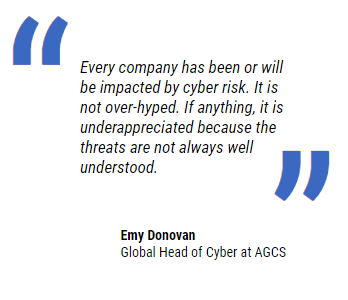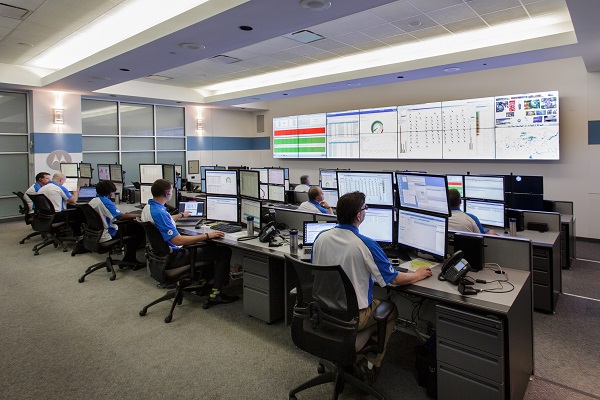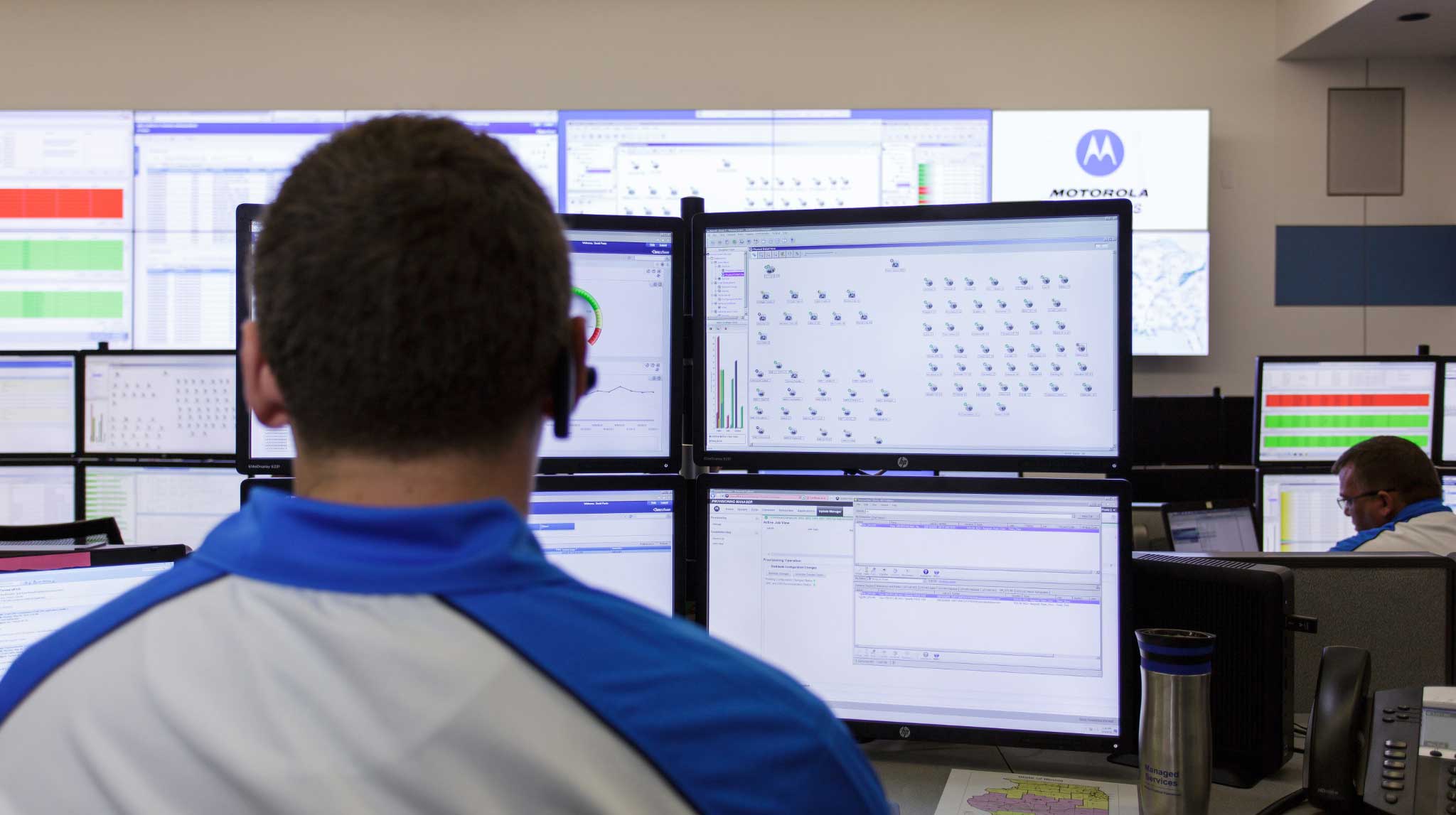From Equifax and Uber to Meltdown and Spectre, cyber attacks and data breaches are making headlines globally. As cyber crime continues to proliferate throughout both the public and private spheres, governments and businesses are becoming increasingly concerned about their cybersecurity – and with good reason.
 While the total number of data breaches and record exposures often fluctuates, organizations are seeing a continued upward trend. According to the Identity Theft Resource Center, the number of U.S. data breaches tracked in 2017 hit a new record high, increasing from the previous high established in 2016 by nearly 45 percent and compromising more than 174 million records.
While the total number of data breaches and record exposures often fluctuates, organizations are seeing a continued upward trend. According to the Identity Theft Resource Center, the number of U.S. data breaches tracked in 2017 hit a new record high, increasing from the previous high established in 2016 by nearly 45 percent and compromising more than 174 million records.
In addition, the cost of cyber crime is accelerating. The Center for Strategic and International Studies now estimates that the annual cost of cybercrime to the global economy is more than $400 billion USD. Rapid digitalization is expected to increase the cost of data breaches to more than $2 trillion globally by 2019.
Cyber threats have evolved rapidly in recent years and are no longer relegated to a limited number of skilled individuals. New threats such as “cyber hurricanes” – a single attack where hackers disrupt large numbers of companies through common internet infrastructure dependencies – mean businesses are more concerned than ever before. In addition, malware-for-hire, bot net, exploit kits and ransomware packages have lowered the bar for cybercriminals and created new vulnerabilities. Cyber risk has now moved into the top two global business risks, according to the seventh annual Allianz Risk Barometer Survey.
It is clear that cyber is becoming a critical threat to both governments – faced with a potential for undermined national security – and businesses – tasked with storing confidential customer and client information. The result is a growing focus on cybersecurity. Cybersecurity products and services are fueling the global market, with spending expected to reach $170 billion by 2020.
Despite the attention cyber attacks continue to garner and despite the growing calls for increased cybersecurity, many organizations struggle to comprehend and manage emerging cyber risks in today’s increasingly complex digital society. This is compounded by an emerging cybersecurity workforce gap. According to the Global Information Security Workforce Study, this gap is on pace to reach nearly 2 million by 2022. Already, 51 percent of agencies report that they could use at least one more employee to cover necessary data security tasks.
In a world which is increasingly dependent on digital technology and interconnectedness – developing resilience to withstand cyber attacks is critical to future success. Advanced cyber attack techniques, new attack vectors from open networks, an industry-wide lack of security expertise and a disconnect between spending on cyber tools and increased security are challenging the implementation of a holistic cyber strategy. Read the full Motorola White Paper here to learn more about the evolving cybersecurity landscape.




